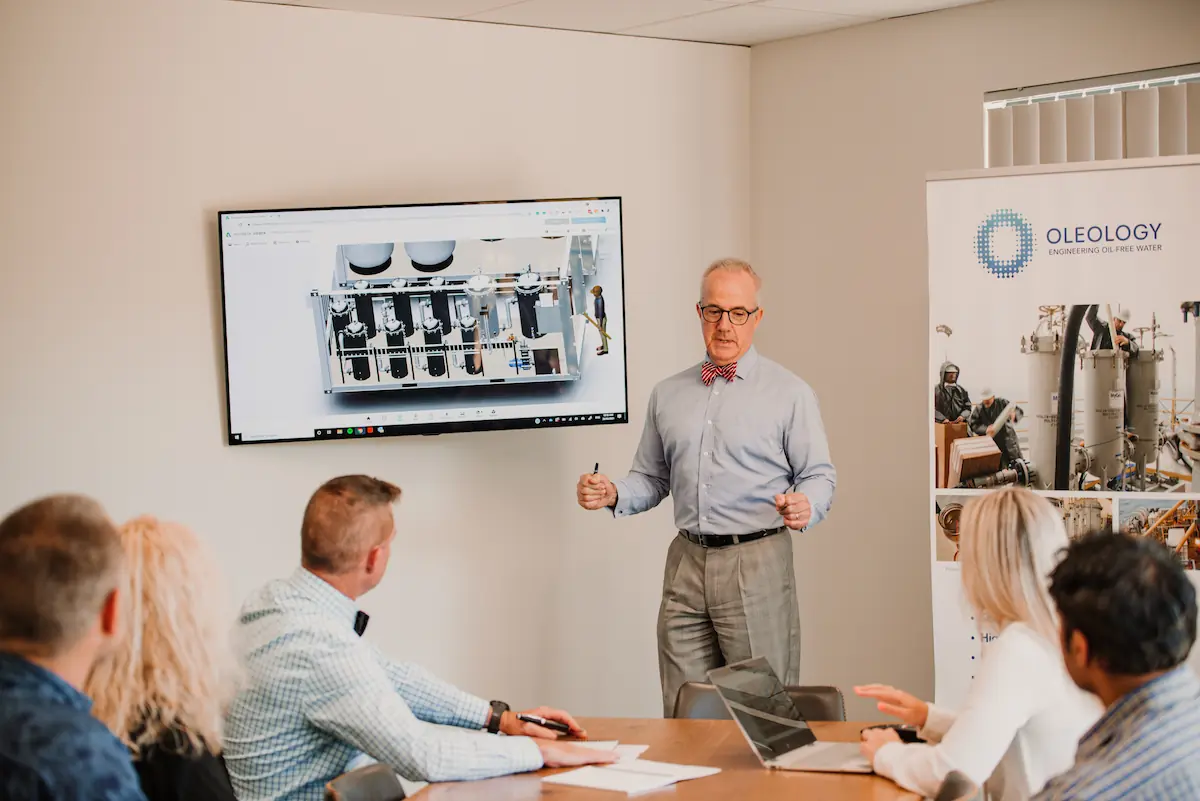

Mercury, though naturally occurring, poses a serious challenge in the oil and gas industry. Found in trace amounts within crude oil, natural gas, and associated condensates, mercury can cause significant operational, environmental, and health-related problems if not properly managed.
Mercury is highly corrosive to certain metals, especially aluminum. In gas processing and liquefied natural gas (LNG) facilities, mercury can attack aluminum heat exchangers, leading to equipment failure, costly repairs, and unplanned shutdowns. Even minute concentrations can be enough to cause damage over time.
Mercury exposure—particularly to its vapor—poses a toxic threat to workers. Chronic exposure can lead to serious neurological and health issues. Safety protocols must be strictly followed to prevent contamination and protect personnel.
Improper disposal or accidental release of mercury can contaminate soil and water, harming ecosystems and wildlife. Regulatory bodies worldwide enforce strict mercury emission limits, making proper handling and removal a legal necessity.
Operators are required to monitor and treat mercury levels to comply with international environmental and safety standards. Failure to do so can lead to heavy fines, legal action, and reputational damage.
To mitigate mercury-related risks the innovative MERSEP Coalescer to either replace the conventional MRU Systems commonly deployed or placed upstream by replacing the existing condensate coalescer filters with the MERSEP Coalescer.
Demonstrated consistent mercury removal efficiency, with inlet concentrations significantly reduced at the outlet (exact figures may be added if available).
Pre-removal of mercury reduced the contaminant load on the MRU, leading to longer bed life and fewer change-outs.
Prevented further damage to heat exchangers, eliminating unscheduled shutdowns and reducing associated maintenance costs.
Minimization of hazardous waste handling offshore, addressing critical HSSE concerns.
MERSEP™ was placed upstream of gas processing facilities, enabling early intervention and protecting downstream systems.
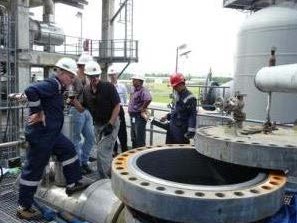
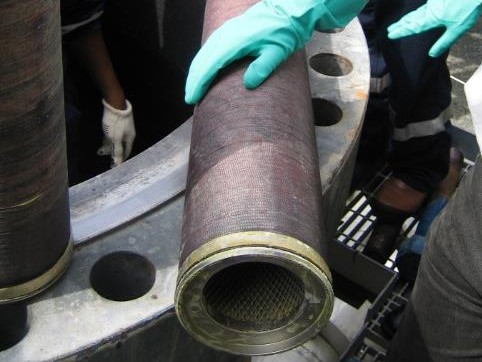
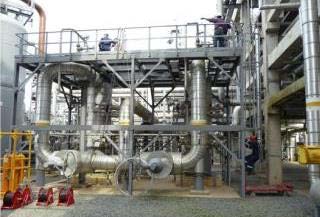
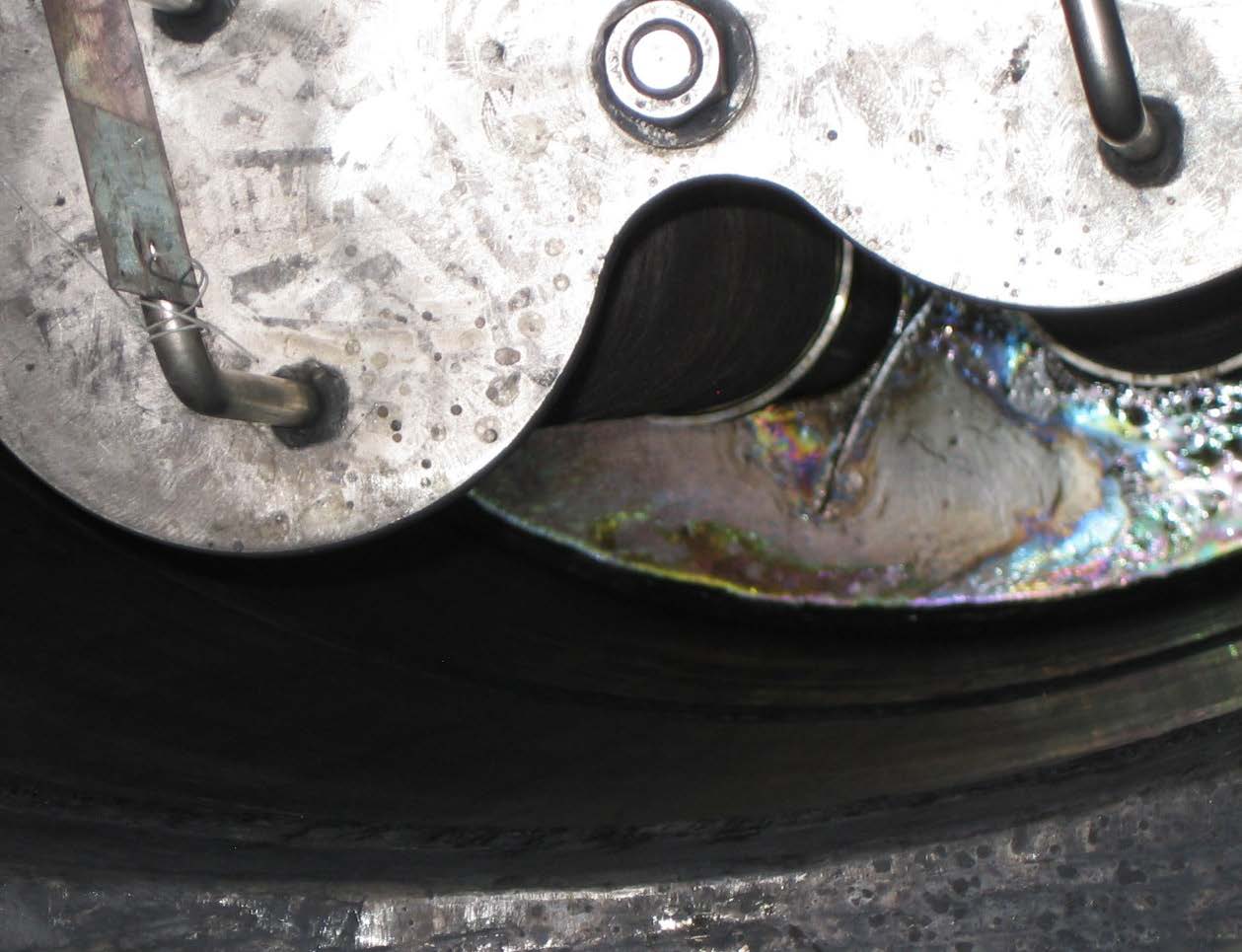
During the treatment process, between one and three pounds of mercury were successfully coalesced on a daily basis. This significant reduction in mercury was accompanied by a dramatic drop in gas phase mercury concentrations, decreasing from approximately 100 mg/Nm³ to just 10–15 ng/Nm³, showcasing the system’s effectiveness in capturing and removing mercury from emissions.
